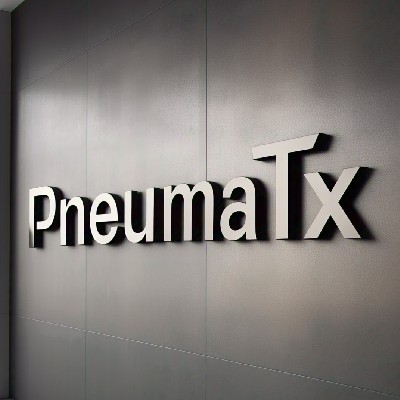

![Precio de QuickSwap [Old]](https://img.bgstatic.com/multiLang/coinPriceLogo/de508981b3947eca66fead9a590930311710263088098.png)
Precio de QuickSwap [Old]QUICK
¿Qué opinas hoy de QuickSwap [Old]?
Acerca de QuickSwap [Old] (QUICK)
QuickSwap es un protocolo de intercambio descentralizado (DEX) que se basa en la cadena de bloques de Ethereum. Es una de las principales aplicaciones dentro del ecosistema de criptomonedas y ha ganado popularidad debido a sus características y funcionalidades únicas. Una de las características clave de QuickSwap es su velocidad y eficiencia en la ejecución de transacciones. A diferencia de los intercambios centralizados, QuickSwap utiliza contratos inteligentes para facilitar los intercambios entre tokens. Esto no solo elimina la necesidad de intermediarios, sino que también reduce las tarifas y mejora la velocidad de las transacciones. Además, QuickSwap utiliza el sistema de liquidez automatizada (AMM) para permitir el intercambio de tokens. Esto significa que los usuarios pueden depositar sus tokens en los fondos de liquidez y ganar comisiones por las transacciones realizadas con esos fondos. También pueden intercambiar diferentes tokens utilizando las reservas de liquidez disponibles. Esto brinda a los usuarios una mayor flexibilidad y opciones para administrar sus inversiones en criptomonedas. Otra característica interesante de QuickSwap es la capacidad de staking. Los usuarios pueden bloquear sus tokens QuickSwap en el protocolo y recibir recompensas por mantenerlos. Esto fomenta la participación y la retención a largo plazo de los tokens QuickSwap. En cuanto a la seguridad, QuickSwap se basa en la cadena de bloques de Ethereum, que es conocida por su robustez y resistencia a ataques. Sin embargo, siempre es importante tener en cuenta los riesgos asociados con la inversión en criptomonedas y tomar las precauciones necesarias para proteger los activos digitales. En resumen, QuickSwap es un protocolo de intercambio descentralizado basado en Ethereum que ofrece rapidez, eficiencia y liquidez automatizada a sus usuarios. Proporciona una alternativa segura y sin intermediarios a los intercambios centralizados y permite a los usuarios ganar recompensas a través del staking. Sin duda, QuickSwap es una opción a considerar para aquellos interesados en el mundo de las criptomonedas.
AI analysis report on QuickSwap [Old]
Precio actual de QuickSwap [Old] en EUR
Historial del precio de QuickSwap [Old] (EUR)
 Precio más bajo
Precio más bajo Precio más alto
Precio más alto 
¿Cuál es el precio más alto de QuickSwap [Old]?
¿Cuál es el precio más bajo de QuickSwap [Old]?
Predicción de precios de QuickSwap [Old]
¿Cuál será el precio de QUICK en 2026?
¿Cuál será el precio de QUICK en 2031?
Preguntas frecuentes
¿Cuál es el precio actual de QuickSwap [Old]?
¿Cuál es el volumen de trading de 24 horas de QuickSwap [Old]?
¿Cuál es el máximo histórico de QuickSwap [Old]?
¿Puedo comprar QuickSwap [Old] en Bitget?
¿Puedo obtener un ingreso estable invirtiendo en QuickSwap [Old]?
¿Dónde puedo comprar QuickSwap [Old] con la comisión más baja?
Holdings de QuickSwap [Old]
Matriz de distribución de holdings de QuickSwap [Old]
Holdings por concentración de QuickSwap [Old]
QuickSwap [Old] direcciones por tiempo en holding

Precios mundiales de QuickSwap [Old]
- 1
- 2
- 3
- 4
- 5
Nuevos listados en Bitget
Comprar más
¿Dónde puedo comprar cripto?
Sección de video: verificación rápida, trading rápido

Recursos de QUICK
Etiquetas:
Clasificación de QuickSwap [Old]
Bitget Insights




Activos relacionados
Additional info on QuickSwap [Old]
Resumen de la moneda
Relacionado con la moneda
Relacionado con el trading
Actualizaciones de la moneda

































